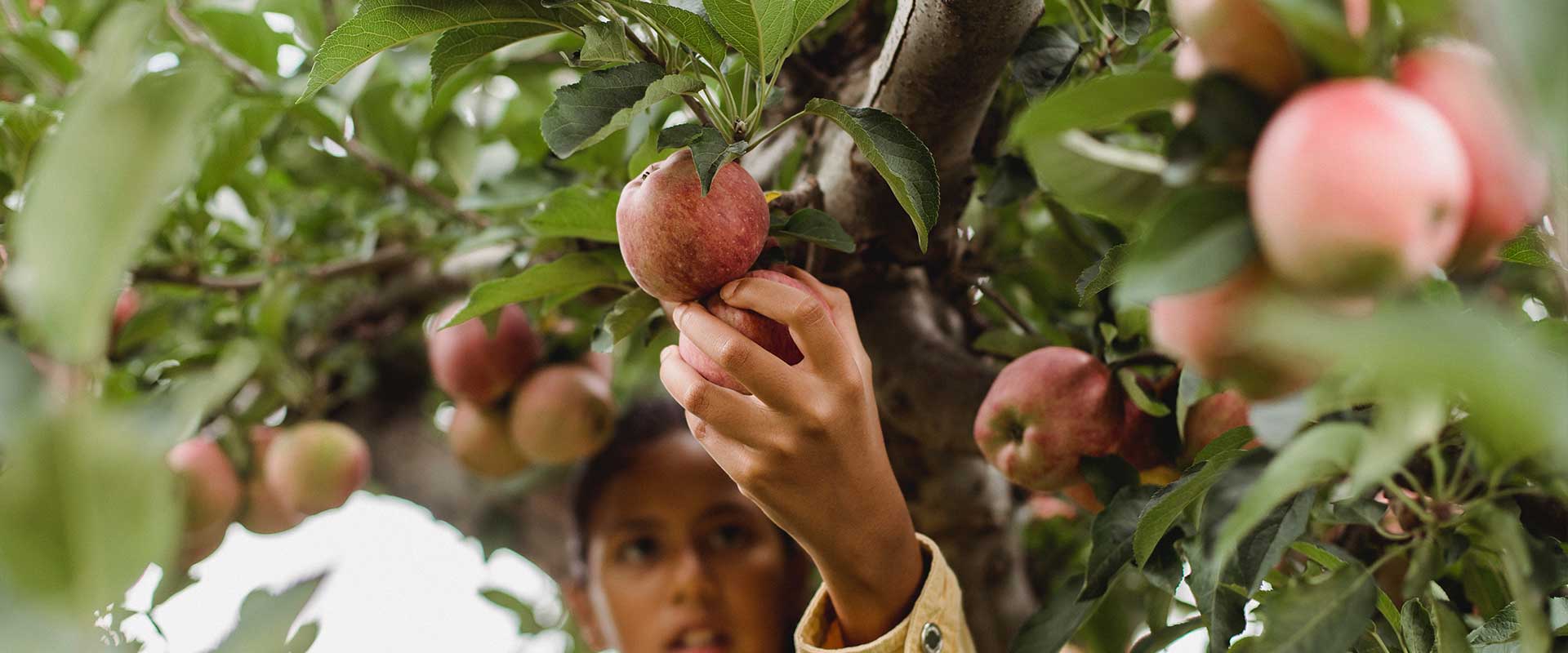Connecting communities for effective farm plans – webinar
December 2020
Land use intensification and the degradation of water quality was enabled by a system that considered all farms separately, despite their cumulative effects on water quality. What we need now is a new, collective approach in our solutions. In a lot of New Zealand catchments, water quality goals will be met by bringing people who care for and work the land together to design integrated farm environment plans based on shared sub-catchment objectives.
In this webinar the leads of 3 research projects talk about how mitigations can be brought together and prioritised as an effective integrated farm environment plan. Speakers
Jim Sinner, senior scientist in the coastal and freshwater group at Cawthron Institute and co-leader of the New Models for Collective Responsibility programme, will talk us through a four-step process for developing farm plans that are integrated across catchments, to meet sub-catchment objectives
Kati Doehring, of the Register for Land Management Actions programme, will share the results of farmer interviews describing what motivates and hinders stakeholders to record and report land management actions
Research spotlight: John Arrell, head of enabling technology at Farmlands Cooperative, will share some insights into the design of initiatives to support and incentivise positive actions on-farm, from the soon-to-be-published Our Land and Water report, How to Enact On-Farm Environmental Change
Better Together webinar series
 View Our Strategy Document 2019 – 2024
View Our Strategy Document 2019 – 2024



